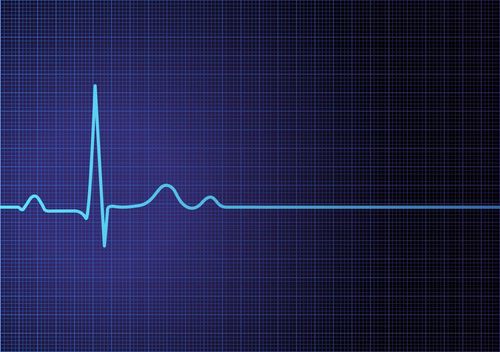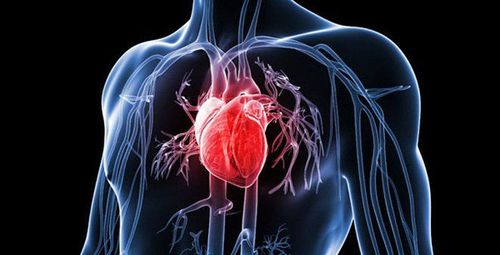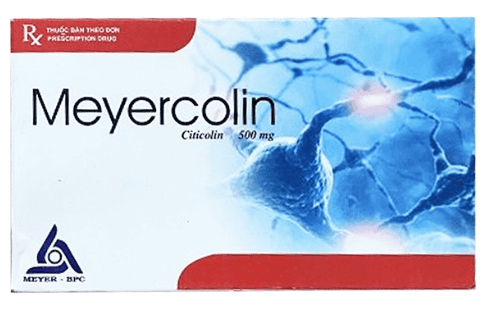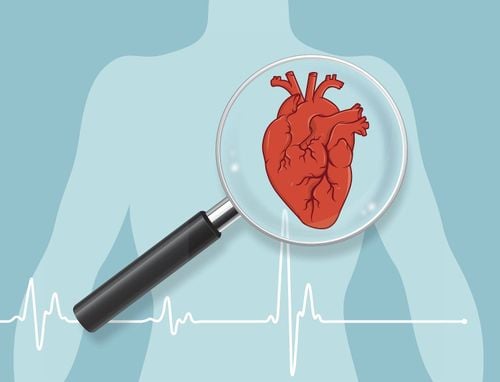This is an automatically translated article.
The article is professionally consulted by Master, Doctor Bui Tien Dat - Emergency Medicine - Cardiology - Emergency Resuscitation Department - Vinmec Hai Phong International General Hospital. The doctor has more than 12 years of experience in the field of emergency resuscitation - cardiology.Circulatory arrest is a state in which the heart stops supplying blood to the body... This can happen suddenly due to electric shock, drowning, multiple trauma, anaphylaxis... or as a result of a medical condition. Chronic diseases such as cancer, cirrhosis, heart failure, kidney failure... Nerve damage is a remarkable problem of resuscitation after circulatory arrest.
1. Nerve damage after circulatory arrest
Brain activity depends on the following factors:Blood flow to the brain Oxygen Glucose Cardiac arrest is a severe reduction in cerebral blood flow, oxygen and glucose to the brain. Nerve damage following circulatory arrest is the most important cause of increased mortality in patients with revascularization. Circulatory arrest causes the brain's self-regulatory mechanism to be lost, leading to:
Decreased cerebral perfusion Lack of glucose in the brain Causes damage to nerve cells Normally, cerebral blood flow is stable at 50ml/100g of brain tissue in 1 day. Minutes, arterial blood pressure ranges from 50 to 150 mmHg. Thanks to the autoregulation of the cerebral vasculature, when the arterial blood pressure is low, the cerebral blood vessels will dilate and conversely, when the blood pressure increases, the cerebral blood vessels will constrict. Brain cells can survive when cerebral blood flow is >20ml/kg/min, below this threshold, cerebral blood vessels will be dilated to the maximum, the survival of brain cells at this time directly depends on the time of cerebral ischemia.
Brain cells are the most special cells of the human body, when brain cells have been damaged, they cannot regenerate and compensate like other cells. Under normal conditions, the brain's tolerance for hypoxia is a maximum of 5 minutes. This period is called the clinical death phase, the emergency circulatory arrest to re-supply blood and oxygen to the brain must be carried out immediately in this stage to hope to save the patient's life.
If the resuscitation after circulatory arrest exceeds this time, the brain cells have been damaged and are no longer able to recover, the patient will enter the stage of biological death or brain death.
In some special cases, the ability to tolerate hypoxia of brain cells may be longer, such as: cardiac arrest in hypothermia conditions (cardiac arrest outdoors in snow, cold water drowning, etc.) , cardiac arrest using drugs to reduce brain oxygen consumption such as barbituric, newborn...
Besides, in order to maintain optimal functioning, brain cells need glucose for energy, when circulatory arrest leads to deficiency brain glucose, the brain will stop working leading to irreversible damage.

2. Location of nerve damage after circulatory arrest
Areas commonly affected include:Cerebral cortex Cerebellum Basal ganglia Lesser affected areas:
Brain stem Hypothalamus Hypothalamus Time of circulatory arrest causing nerve damage:
After circulatory arrest, consciousness disappears after 8-10 second. Brain damage will not heal after 3-4 minutes. The heart remains beating for 2-3 hours in hypoxia.
3. Prognosis of survival after circulatory arrest
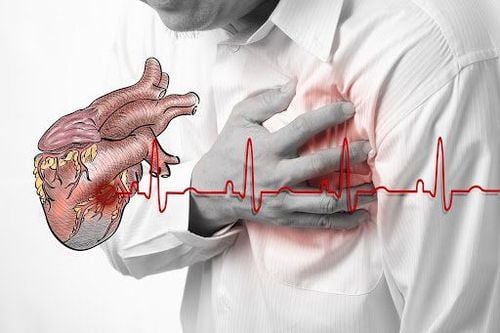
Brain damage after circulatory arrest Dysfunction Myocardial function after cardiac arrest Response to systemic ischemia/reperfusion The severity of the above lesions was heterogeneous, with brain injury remaining the most common cause of death. Clinical manifestations predicting severe neurological complications:
No pupillary light reflex after 72 hours of circulatory arrest Patient develops myoclonic jerk within 72 hours of circulatory arrest Continuously unresponsive on EEG on external stimulation for 72 h after circulatory arrest. Epilepsy occurs after rewarming. Vinmec International General Hospital with a system of modern facilities, medical equipment and a team of experts and doctors with many years of experience in medical examination and treatment, patients can rest assured to visit. and hospital treatment.
Please dial HOTLINE for more information or register for an appointment HERE. Download MyVinmec app to make appointments faster and to manage your bookings easily.
SEE MORENotes on sudden cardiac arrest American experts train cardiopulmonary resuscitation skills at Vinmec hospital First aid in case of emergency choking





